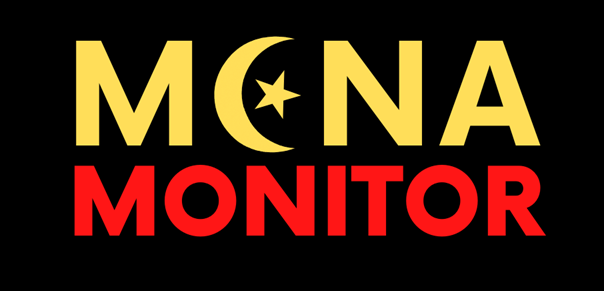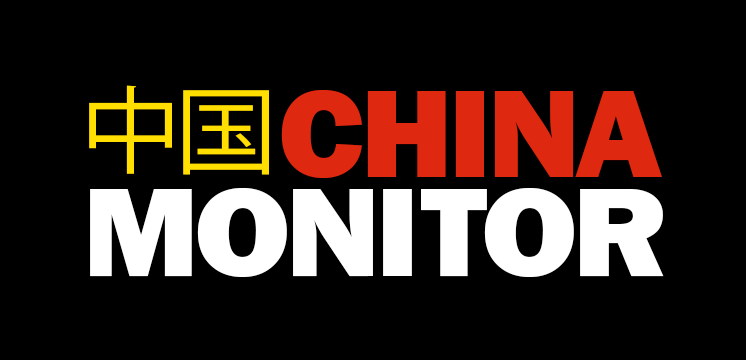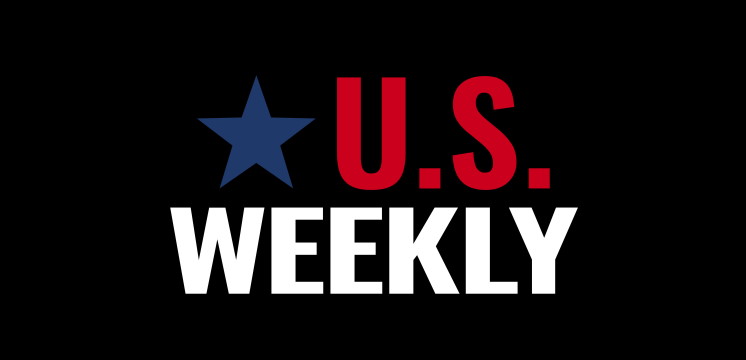
MENA Monitor focuses on the Middle East and North Africa region, analyzing the most important events happening in the area stretching from Morocco to Iran, their consequences for neighboring countries and their impact on the world’s situation.
Date: 14 July 2021 Author: Marcin Krzyżanowski
Iranian Principlists
Iranian Principlists are a very heterogeneous party. The division into radicals and pragmatists is quite general. Within each of these blocs are parties and groups with conflicting interests, competing for influence and resources. The rift between them is also becoming more pronounced. This is particularly true of the increasingly clericalized radical wing. Repeated attempts to unite before elections have always failed. Moreover, they have never managed to unite around a single presidential candidate.

The main divisions within this bloc usually concern the matter of passive and active export of the revolution and Iran’s political influence in the region, the emphasis placed on the interpretation and implementation of Islam on society, as well as the degree of economic statism. On the basis of these criteria, the Principlists can be divided into “technocrats” and “ideologues.” Additionally, all political parties share one matter – the personal ambition and charisma of individual politicians. Former mayors of Tehran, Mahmoud Ahmadinejad and Mohammad Bagher Ghalibaf, are examples of such figures – they polarize the political scene as a whole and, at the same time, temporarily unite the parties. Ghalibaf is a 58-year-old ambitious technocrat who had already lost presidential election three times (in 2005, 2013, and 2017 – he withdrew from the latter seeing no chance of victory and instead supported Ebrahim Raisi).
After his good performance in parliamentary elections, he has long been indicated as the likely candidate of the Principlists in this year’s presidential election. As the current chairman of the Majlis and leader of the Tehran’s list in the last parliamentary elections, he thought that he is beyond the divisions within the party. Almost immediately after the announcement of the parliamentary elections results, he launched an informal populist pre-election campaign, based on promises to solve the country’s economic problems and return to the ideals of the revolution. However, in the end, Ibrahim Raisi became the “workhorse” of the Principlists. It is likely that a group of clergy from rahbar’s environment is behind this political twist. They perceived Ghalibaf’s victory as a potential threat that could lead to a bigger role of Sepah groups in politics as well as its further “veteranization.” Additionally, Ghalibaf rahbar’s candidacy was said to be discouraged as a result of corruption allegations related to the time when he was the mayor of Tehran. Although he was not put on trial, one of his deputies was imprisoned, which cast a shadow over him as well. Significantly, the main electoral slogan of Raisi was the fight against corruption and nepotism.
Raisi, thanks to rahbar’s silent patronage and a clear foreground that he owed to the Guardian Council, which vetoed virtually all the candidates who were a potential danger to him, faced a rare chance to create a large political group based on the Principlists. Their latest attempt to unite took place in November 2019 when the Coalition Council of Islamic Revolution Forces was established. It brought together the Progress and Justice Population of Islamic Iran (PJP), the party of Ghalibaf, and smaller groups, such as Society of Pathseekers of the Islamic Revolution, founded by a controversial MP from Tehran Alireza Zakani. He became known, among others, for his extremely harsh criticism of the 2015 nuclear deal. Moreover, the Council included the Society of Devotees of the Islamic Revolution, made up of numerous former Ahmadinejad supporters, who abandoned the former president after he had entered into conflict with rahbar.
Interestingly enough, due to the partial boycott of parliamentary elections by some centrists/reformists and the fact that many prominent candidates from these parties were vetoed, in the last elections the main rival of the PJP was not any of these blocs, but the Front of Islamic Revolution Stability (FIRS). It was founded in 2011 and brought together mainly ideological Principlists, inspired by the teachings of Ayatollah Mohammad-Taqi Mesbah-Yazdi (who died earlier this year). He was considered to be one of the most radical figures of the Qom Seminary, Iran’s main religious center. The political wing of the Front is led by Ayatollah Morteza Aghatehrani, an experienced politician who at one time held the position of imam at a mosque in New York City. The group is known for unquestionable devotion to rahbar as well as aggressive stance against the reformists and the government of Rouhani. Ghalibaf has unsuccessfully tried to form a joint ticket with the FIRS for key constituencies, such as Tehran.
Support Us
If content prepared by Warsaw Institute team is useful for you, please support our actions. Donations from private persons are necessary for the continuation of our mission.
_________________________________
All texts published by the Warsaw Institute Foundation may be disseminated on the condition that their origin is credited. Images may not be used without permission.














